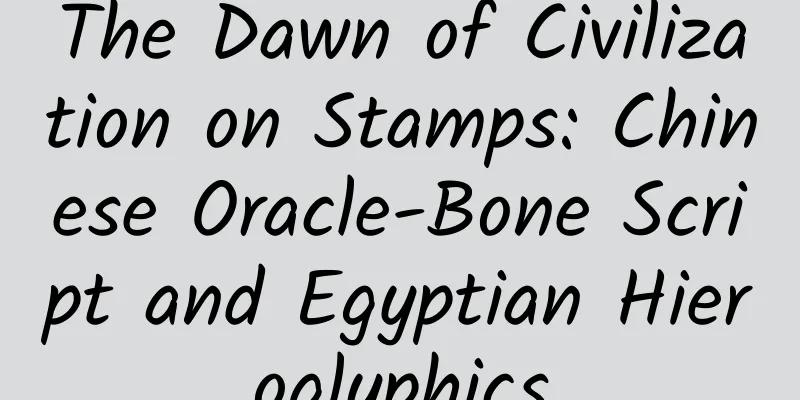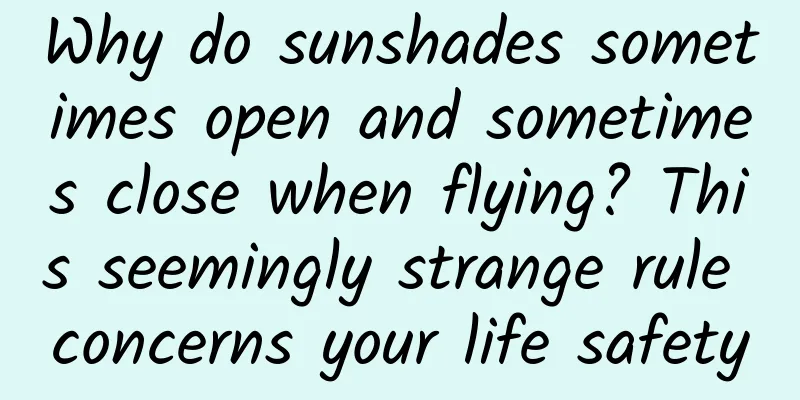The Dawn of Civilization on Stamps: Chinese Oracle-Bone Script and Egyptian Hieroglyphics

|
In 1899, a Qing Dynasty official named Wang Yirong accidentally discovered that the "dragon bones" that were used as Chinese medicine were actually engraved with divination inscriptions. He immediately spent money to purchase a large number of these "dragon bones" scattered around the country. Several years later, 1899 was regarded as the beginning of the international research on ancient characters engraved with such divination inscriptions, which is what we now call oracle bone inscriptions. Wang Yirong was revered as the first person to discover oracle bone inscriptions! Wang Yirong Following Wang Yirong's path of oracle bone research was Liu E in the late Qing Dynasty. After Wang Yirong's death, he purchased a large number of oracle bone "dragon bones" left by Wang, selected more than a thousand of them and compiled the book "Tieyun Canggui". This is the earliest book recording oracle bone inscriptions and has high academic value. Later, Sun Yirang, Luo Zhenyu, Wang Guowei and other masters devoted themselves to research, making it a specialized subject. Liu E Research shows that oracle bone inscriptions are the earliest systematic writing that we can see, dating back to the Shang Dynasty, about 3,400 years ago. The oracle bone inscriptions were unearthed in Xiaotun, five miles northwest of Anyang, Henan, and are known as "Yinxu" by academics. The first "Yinxu" stamp issued by the State Post in 2016 is the "Oracle Bone Script". It is the lower part of a broken cow scapula, with both sides engraved with divinations. The characters are painted in vermilion, and there are more than 180 characters remaining. The content is a record of the Shang King Wu Ding's divination about whether there will be a disaster within the current ten days. It is the basis for studying the geography, states and military system of the Shang Dynasty. It is historical material that can make up for the gaps in the Records of the Grand Historian and can be called the "King of Oracle Bones". Oracle In October 2021, to commemorate the United Nations Biodiversity Conference, the State Post issued a commemorative stamp. On it, 25 oracle bone inscriptions were ingeniously printed using a special technique on the blank space of the main image, arranged in 6 matrices. It is so attractive that people can't put it down. It also allows the ancient oracle bone script to be spread in the form of stamps. Stamps Oracle bone script under fluorescent light Text comparison table The written content of oracle bone inscriptions can be divided into two types: record-keeping inscriptions and divination inscriptions, which are records of history and divination respectively. There are currently more than 4,000 oracle bone inscriptions that have been counted, but only about 1,100 characters can be deciphered and their pronunciation and meaning can be understood. It is said that Chinese civilization has a history of 5,000 years, and it was only with the advent of writing that civilization began. The earliest prototype of Chinese characters must have been earlier than oracle bone inscriptions, which is a relatively mature self-originated writing system. Autochthonous scripts are scripts that have independently developed from local civilizations. There are five ancient autochthonous scripts in the world, including the oldest Chinese characters and Egyptian hieroglyphics. Egyptian hieroglyphics appeared in the First Dynasty around 3000 BC, with three types of fonts: epigraphic, hieratic, and popular. The epigraphic font was originally used by both the elegant and the vulgar, but later became a standard font because it was carved on the stone walls of pyramids and temples, or on stone tools and pottery. It is also the general name for the three fonts. The symbols of this font look like pictures, but they do not have the function of pictographic representation. Hieratic is a practical cursive font, mainly used for religious scripts. Popular, also known as epistolary or folk, is a simplified form of the hieratic font. For a long time, the meaning of the Egyptian hieroglyphs was not fully known until Napoleon's expedition to Egypt, when this ancient text was fully deciphered by the French scholar Champollion. Champollion was a linguistic genius who was proficient in many ancient languages. He was particularly fascinated by ancient Egyptian history and culture and was determined to decipher the hieroglyphics. He published his work in 1822, his Grammar of Hieroglyphics was published posthumously in 1836, and his Dictionary of Hieroglyphics followed in 1841. Champollion's paper manuscript The following are stamps issued by Egypt and France to commemorate Champollion’s historical achievements. The “Rossel Stone” on the Egyptian stamp is the breakthrough point for Champollion to decipher the hieroglyphics. Egypt stamps French extreme movies Ancient writing is the dawn of human civilization and guides mankind towards light. Compared with Egyptian hieroglyphics, Chinese oracle bone inscriptions are more profound, and there are still a large number of characters that have not been deciphered. We look forward to the efforts of successors. |
>>: The ocean is running a fever: Will extreme weather bring us into an era of "boiling"?
Recommend
Three years have passed, why are foldable phones still not popular?
At the beginning of this year, Huawei released a ...
Have you ever seen a bird that can set fire? Don't be the scapegoat for wildfires, maybe it used fire earlier than humans
Today we are going to talk about birds that trave...
It's confirmed: 10 more astronauts have been selected for the return to the moon, codenamed "Artemis"
The US plan to return to the moon has been a hot ...
A 20-year-old boy was diagnosed with cancer after having diarrhea for several days! Many young people have these habits...
Xiao Wang (pseudonym) just turned 20 After gradua...
Introduction to 360 mobile resource advertising promotion display formats!
Mobile resources: six advertising formats to meet...
4 ideas to find seed users for product launch!
When a product is in the early stages of operatio...
Live broadcast room operation, process and framework!
In 2020, the popularity of Douyin live streaming ...
Different stages of development: Apple standards should not be used to require domestic mobile phones
[[130953]] The reason why I found this article af...
Apple's new review rules: Apps that mention other mobile platform names in apps or metadata will be rejected
1) According to Gamasutra, Apple's developer ...
Weighing only 1.1 grams, the fastest soft jumping robot is made in China!
Jumping is a very important ability for robots, w...
Android must know-Use Intent to open third-party applications and verify availability
This article mainly records: Three ways to use In...
I have already started searching for traffic on WeChat SEO. Today I spent 300 yuan to authenticate a new account.
Friends who follow me may find that I have been u...
Have you fallen into these 5 pitfalls of community operations?
Because it's simple, everyone wants to do it....
Gartner: AI PC and GenAI smartphone shipments to approach 300 million units in 2024
Global shipments of personal computers (AI PCs) w...
Why don't cats meow much to each other?
You may have seen these two "training" ...









